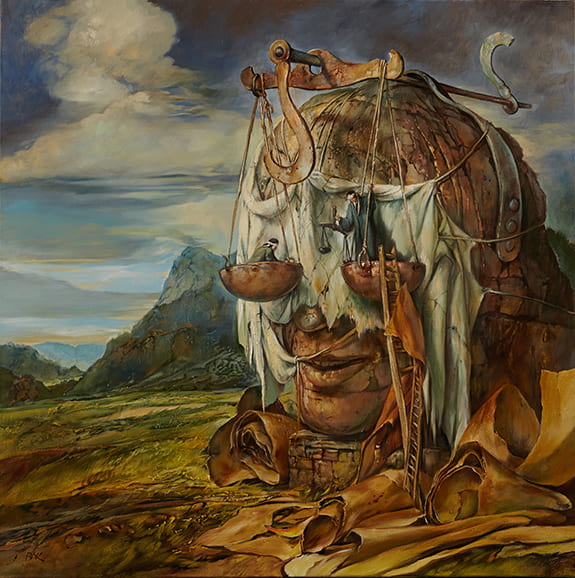by Julia | May 31, 2020 | Visions of Hell
By Julia Liu, Wren McMillan, Ann Rayburn In our group discussions, we started by understanding the commonalities between different visions and thinking about why they are in common. One aspect we found across multiple visions is the aspect of retelling. The vision is...
by arrayburn | May 26, 2020 | Questions, Theories, Uncategorized
So we did something a little different for this post: I asked questions to Wren and Julia, and I recorded their answers. So here’s that. Benjamin makes an implicit distinction between gore and violence, saying that gore ≠ violence, but how much do you believe...
by BizSchoolEvil | May 25, 2020 | Questions
Introduction “The ta’ziyah drama of the betrayal and murder of Imam Hussayn does not cease to bring an Iranian audience to tears no matter how many times they have seen the martyrdom enacted. On the contrary. They weep, in part, because they have seen it many times....

by mordonez | May 23, 2020 | Andreas, Questions, Readings
by Kaedy Puckett, Clare Kemmerer, Dannie Griggs, and Maya Ordonez Faith No More? By Kaedy Puckett One cannot help but wonder about the course of Matthew and St. Andrews’ faith if the narrative of Andreas had an alternate ending. Had Andreas failed in his mission to...

by N | May 22, 2020 | Daniel
The search for a “perfect moral system” to live one’s life by is a question that has baffled philosophers since the beginning of time, and the question of how to create a set of laws to bind a just society often follows. Throughout history religious texts have...


